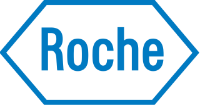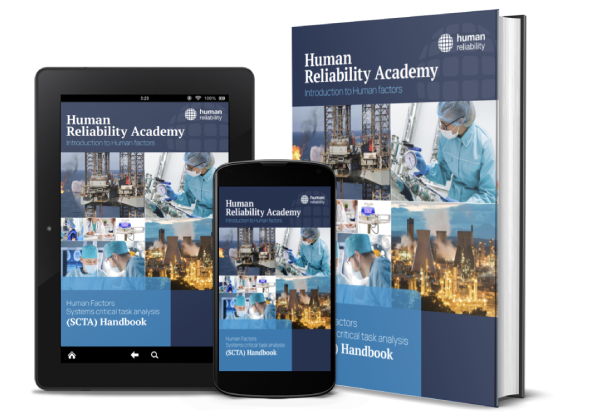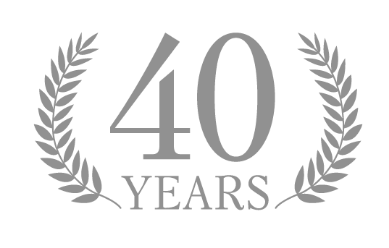Introduction
In a world where efficiency, productivity, and excellence are paramount, organisations are constantly seeking methods to optimise their processes, streamline operations, and meet their objectives. One such approach is SYSTEMS Critical Task Analysis (SCTA). CTAs are most typically used for safety assessment. Systems CTA extends this focus to other applications such as enhancing efficiency, improving quality, and optimising processes.
The relevance of Systems CTA extends to enhancing efficiency, improving quality, and optimizing processes.
SCTA Terminology: Going beyond safety
SCTA has become recognised as an industry leading acronym in the oil, gas and chemicals sectors for the Human Factors SAFETY Critical Task Analysis. However, it is known by other names, e.g.:
- Human Factors Critical Task Review (HFCTR), which can be used for contexts beyond safety
- Human Factors Critical Task Analysis (HFCTA), which is closer to SCTA
- The Seven Steps Approach to identifying human failures which is more associated with guidance released by the HSE
- Human Reliability Analysis, which can be confusing as this is often used to describe the broader family of human reliability methods (albeit sometimes with a more quantitative flavour), but is also used in the HSE’s roadmap to describe the failure analysis part of the methodology
Recent CIEHF guidance on this topic is titled ‘How to carry out human factors assessments of critical tasks’ which side steps the issue of what to call it. Indeed, some authors of that document recently presented it at the HAZARDS33 conference and stated that their focus was on practical advice conducting the methodology rather than what to call it. Reading between the lines there was not clear consensus between the group of experts who collaborated on the guidance on what to call it.
SCTA Background & History
This family of methods is related to the SHERPA methodology, which was first published in 1986. This paper describes a human reliability assessment methodology that critically has 3 core elements that all of these approaches now share:
- Task Analysis to describe the task in a step-by-step manner where the gold standard is a graphical HTA
- Failure Analysis to identify human failures using guidewords like a Human-HAZOP
- PIF Analysis to assess the Performance Influence Factors that could either increase or decrease the likelihood of failure
David Embrey, who leads our company (HRA), and who authored the original SHERPA paper, has been working in this area for decades. David’s work on human reliability originated in the nuclear industry, but over the years the same concepts, principles and methodology have been applied to other safety-critical contexts. As you might imagine, different people have joined and left the company, making important contributions to the development and application of the methodology, and spreading this knowledge after they have moved on.

In the wake of Piper Alpha in the late 80s there was a focus on the potential for error in major accidents in the UK. Back in the mid-1990s SHERPA was first applied in one of the major oil refineries in the UK for a sustained period. In the early 2000s, a version of the SHERPA method formed a central plank in the HSE’s guidance in this area. Many years later we now have the HSE’s Human Factors Delivery Guide for COMAH sites, which includes requirements to manage human factors risks proactively through task analysis, failure analysis and PIF analysis. Since then the name for this approach ‘Human Factors Safety Critical Task Analysis (SCTA)’ seems to have gained traction in industry due, at least in part, to the Energy Institute’s leading guidance on Safety CTA.
Systems CTA has been developed for our clients who wish to extend the safety focus of the methodology into other areas. In some sense the last thing we need is another name for the methodology but as a company we are working with clients whose primary focus is on other critical areas, such as quality and production, and indeed we want to also promote the broader use of the SCTA methodology for clients who start using it for safety.
We like the focus on SYSTEMS, which is very much in keeping with our approach to Human Factors.
We do not suggest SYSTEMS CTA replace SAFETY CTA. Rather, SYSTEMS CTA is a broader umbrella which could have a safety focus, or perhaps quality and production, or any other critical element of the system.
The Scope of SYSTEMS CTA
SYSTEMS Critical Task Analysis (SCTA) isn’t confined to a singular purpose or industry. Its scope is expansive, reaching across a multitude of applications, each with unique objectives. Let’s take a closer look at some of the diverse areas where SCTA proves invaluable:
- Safety: While SCTA goes beyond safety-critical analysis, it is important to note that safety remains one of its key applications. SCTA can help organizations identify critical tasks that, when executed improperly, may pose risks to safety.
- Efficiency: One of the primary goals of SCTA is to optimize systems and processes. By analysing critical tasks, organizations can identify inefficiencies and bottlenecks, leading to streamlined operations and cost savings.
- Productivity: SCTA can enhance productivity by pinpointing critical tasks that are crucial to meeting production goals. By improving these tasks, organizations can increase output and meet deadlines more efficiently.
- Quality Control: Ensuring high-quality products and services is paramount in many industries. SCTA can be used to identify critical quality control tasks and develop strategies to maintain or improve quality standards.
- System Optimization: SCTA is an effective tool for optimizing entire systems. By examining critical tasks, organizations can make informed decisions about resource allocation, technology integration, and process enhancements.
By understanding the scope of SCTA, organizations can tailor their approach to meet specific objectives, whether they are rooted in safety, quality, efficiency, or customer satisfaction. This adaptability is one of SCTA’s defining strengths, making it a versatile tool in the modern business landscape.
The Components of SYSTEMS CTA
At the heart of SYSTEMS Critical Task Analysis (SCTA) are its key components, which play a crucial role in dissecting and understanding the critical tasks within a system.
- Consider, list and prioritise major consequence events;
- Identify critical tasks that could either initiate or fail to prevent or mitigate major consequence events;
- Analyse critical tasks using HTA;
- Identify potential human failures in these steps;
- Identify performance influencing factors (PIFs) that make these failures more or less likely;
- Manage the failures using hierarchy of control and PIF optimisation.
Applying SYSTEMS CTA
Much of HRA’s work is in oil, gas and chemicals in the UK due to the regulatory pressures that are applied in this region. For this sector SAFETY CTA will likely continue to dominate. However, for some clients, like those in Pharmaceutical Manufacturing, quality and safety are often managed by different departments, and so SYSTEMS CTA provides a more specific focus on quality and production. In practice the methodology could be used for multiple concerns and could even bring safety, quality and production together to work on critical tasks, but that is a subject for a different blog.
Check out the other sectors where CTA could be developed and applied, including medical device design, finance, IT, social services, food and drink, AI and mining.

Find out more
This position was crystallised when we launched our rebranded SCTA handbook, previously dubbed the HFCTR handbook. This better aligns the handbook with the SCTA course that we run. Our FREE mini-course is still called the HFCTR mini-course, but in time that will also be brought in line with the SYSTEMS CTA family. Although we only offer a Safety CTA course, we hope to run a SYSTEMS CTA course in 2024.
HRA has worked in this area for decades, has a deep history in SHERPA, and we like to consider ourselves as the home of SCTA. If you’re interested in different applications of SCTA have a look at our training and our SHERPA Software toolthat has been developed to help apply the methodology.














